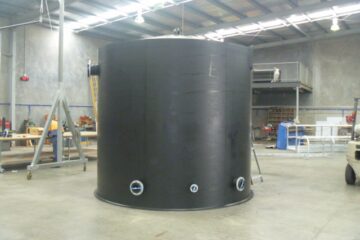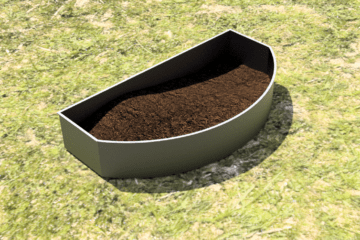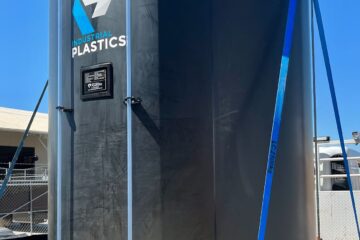Industrial Plastics is proud to offer Fish Baffles to enhance aquatic habitats and support the sustainable management of waterways. Our offerings are suitable for culverts and pipes.
Habitat Fragmentation
Australia’s waterbodies are connected by an intricate network of rivers, creeks and tributaries that are continually disrupted by urbanisation and infrastructure growth. Whether it takes the form of drain pipes, culverts or dams, these man-made disruptions create adverse water flow conditions and excessive sedimentation. In turn, habitats become fragmented and threaten the migration pathways of fish species that naturally regulate the ecological health of our waterways.
Our fish baffles are a highly effective solution that facilitate fish migration through man-made obstacles, ultimately allowing them to feed, spawn and thrive. Fish baffles work in both high-flow and low-flow scenarios.
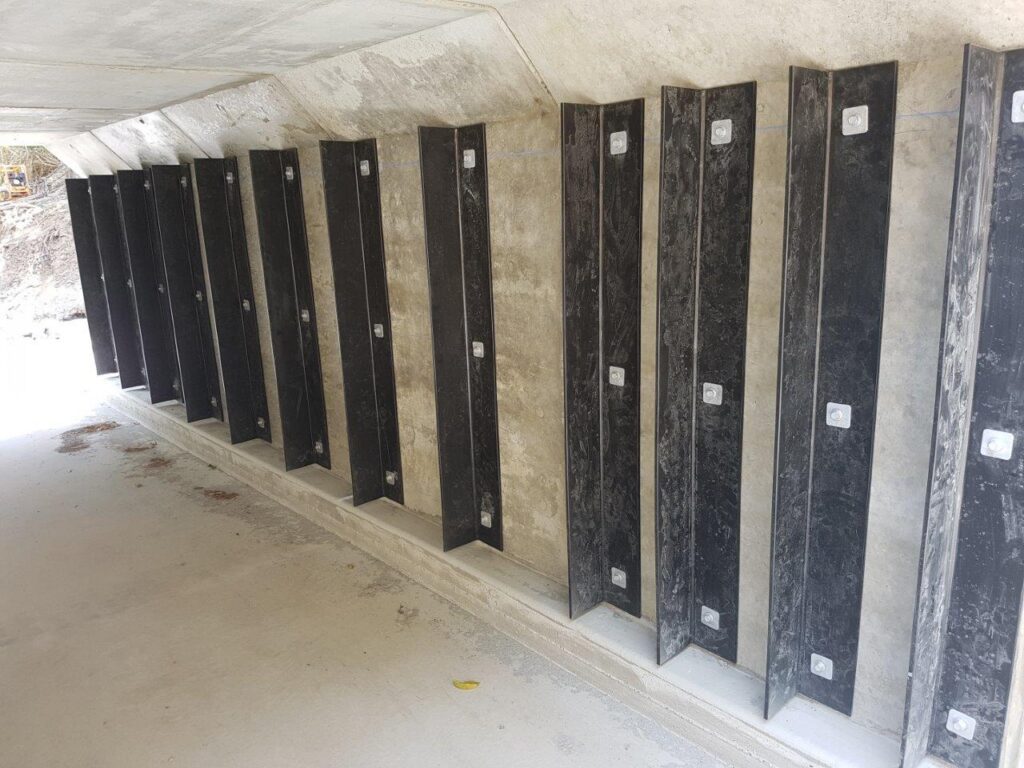
High Flow: Baffles offer hydrodynamic control by reducing the velocity of water currents, creating shelter in the form of eddies and pools, thus minimising energy expenditure of migrating fish.
Low flow: Baffles offer hydrodynamic control by maintaining adequate water depth and hydraulic connectivity within the watercourse, thus promoting oxygenation of the water and fish longevity.
They have also been strategically implemented to improve erosion control and flood risk management by reducing the velocity of concentrated flows against riverbanks.

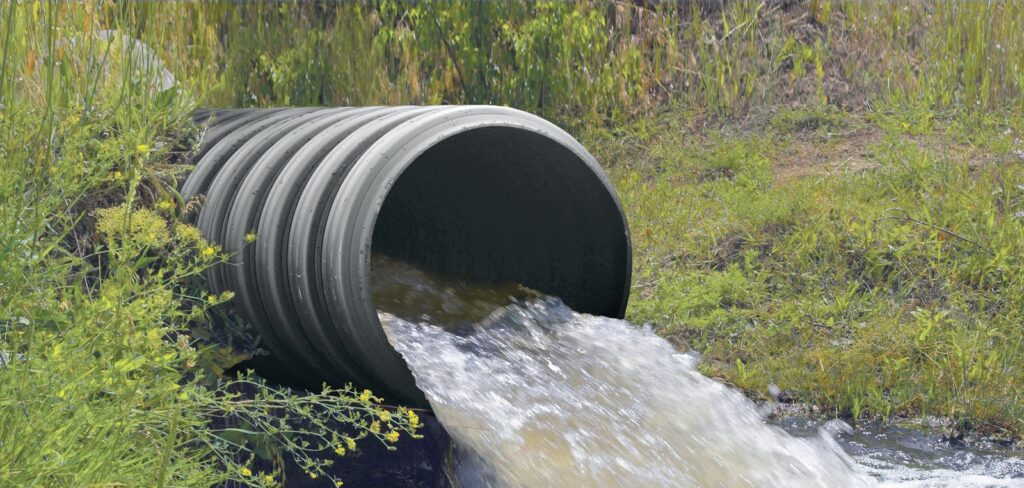
Baffles for Culverts and Pipes
Industrial Plastics currently offer the following baffles:
- Vertical Baffles: Suited to culverts and pipes
- Weir Baffles: Suited to pipes
- Spoiler Baffle: Suited to various general applications
HDPE Fish Baffle Solution
In absence of clear standards and regulations for baffles in Australia, Industrial Plastics utilises both in-house testing and external engineers to ensure we provide a meticulously crafted end-product. All our solutions are locally manufactured and backed by our ISO 9001:2015 accreditation, ensuring quality processes and effective results for your project.
Historically, baffle solutions in Australia have used concrete and stainless steel. Concrete has proved to be problematic as it is a permanent and non-adjustable solution, lowering its efficacy when the surrounding environment changes. Concrete has also been seen to accumulate debris during flooding, necessitating expensive and frequent maintenance. Stainless steel is also susceptible to corrosion in saline or acidic waterways, significantly reducing its lifespan. Components of stainless steel, such as nickel and chromium may also leach into the water, posing a risk to fish health through the bioaccumulation of metals.

High Density Polyethylene (HDPE) can be easily moulded into an array of shapes that suit a variety of different project requirements. HDPE also boasts high chemical resistivity, which is especially important as baffles are exposed to the elements and subject to sewerage spills and overflow. The material itself has a 100+ year useful life, meaning it is recyclable and can be re-used in other projects. Being extremely lightweight, this material makes itself affordable and simple to transport and install. All these factors also enable our baffles to be easily moved to different positions to experiment with different hydrodynamic controls.
Contact Us
If you are in the market for your own HDPE fish baffles, contact us by clicking the button below!




















